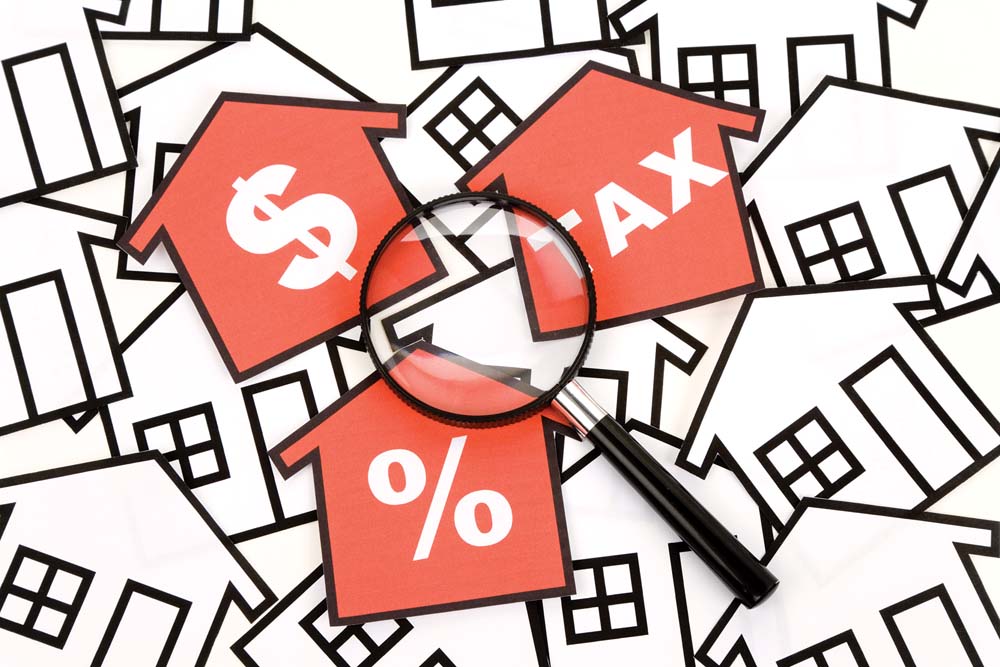With a new president and a Republican-controlled Congress in place for 2017, the housing industry can expect a great deal of policy debate and change this year. It seems clear, for example, that the Trump administration will quickly seek to reduce the costly regulatory environment that has expanded over the past few years. NAHB Economics research has shown that over the past five years alone, such costs have increased almost 30%.
Other policy changes will take longer and need to be examined in terms of economic and housing impacts and trade-offs. For example, comprehensive federal tax reform could offer corporations and small businesses lower tax rates, but it could also result in the loss of business interest deductions and significant changes to the home-ownership tax incentives.
With that perspective in mind, I offer the following goals for policymakers to consider, with an eye toward expanding the economy and meeting the needs of today’s changing market.
First, we must sustain housing demand in a period in which monetary policy is tightening. The Federal Reserve raised the benchmark federal funds rate for just the second time in this economic cycle in December 2016. More rate hikes are coming, and that means higher borrowing costs for builders, developers, and home buyers. Policies that increase wage gains would help offset these financial impacts. Certainly, more efficient tax policy and eased regulatory policy would be beneficial. Protection for the 30-year fixed-rate mortgage and the housing tax incentives is key here as well.
Policy must also facilitate the rentership to home-ownership pipeline that will be expanding as millennials enter their 30s. Consumer preference data indicates that this generation, like those in the past, want to own, and for the most part they want to live in single-family homes in the suburbs. Local governments can assist in this area by modernizing local zoning and land use rules to generate growth.
At the same time, despite gains in multifamily supply, rental affordability burdens have grown since the recession. To offset these burdens, we must ensure a reliable production source of affordable rental housing. The 30-year-old Low-Income Housing Tax Credit efficiently serves this purpose and should be protected and improved if federal tax reform occurs.
Finally, the economic growth cycle is aging. It is currently the fourth longest since the American Civil War (in part due to the size of the declines recorded during the Great Recession). Consequently, policymakers will be looking for sources of economic growth in what is the later stages of an expansion.
Home building and remodeling can be that source of growth under the right policy terms. The existing housing stock is aging, demographics are favorable, the industry is operating below historic norms, and the economic impact of residential construction is local and immediate.
NAHB will be engaged on these and other advocacy issues this year. Let the economic policy debates of 2017 begin.



